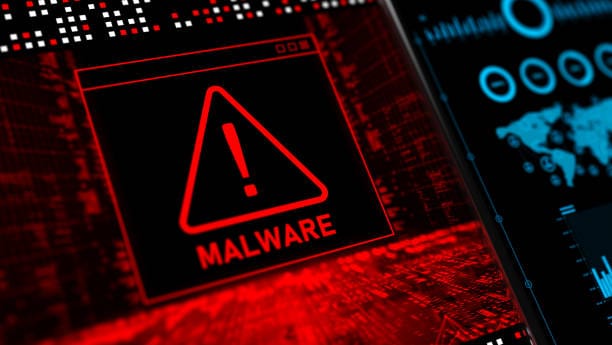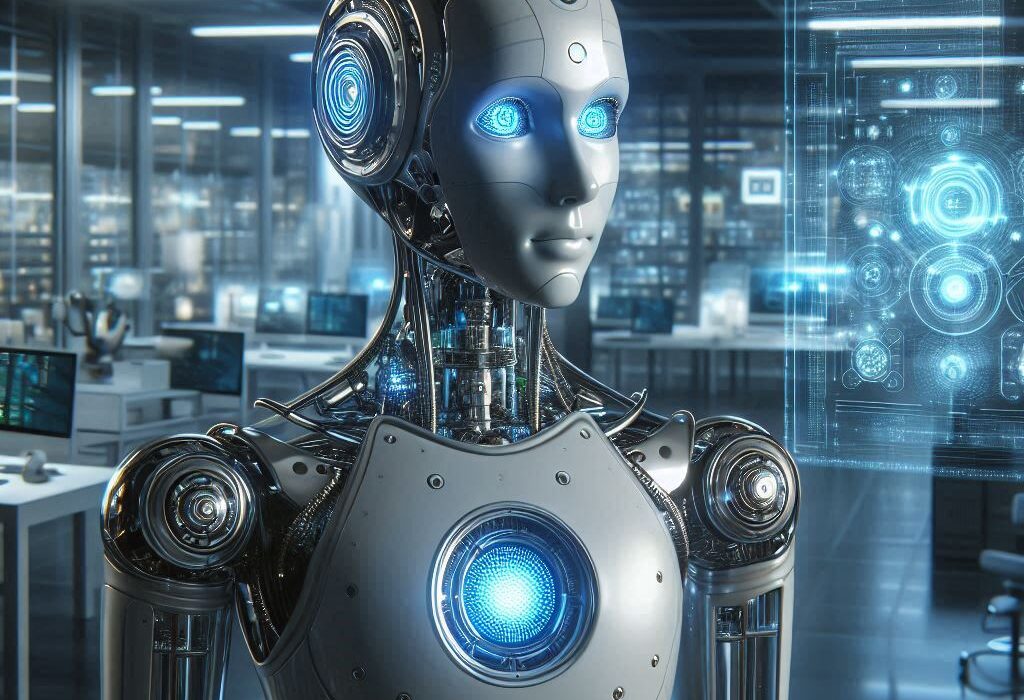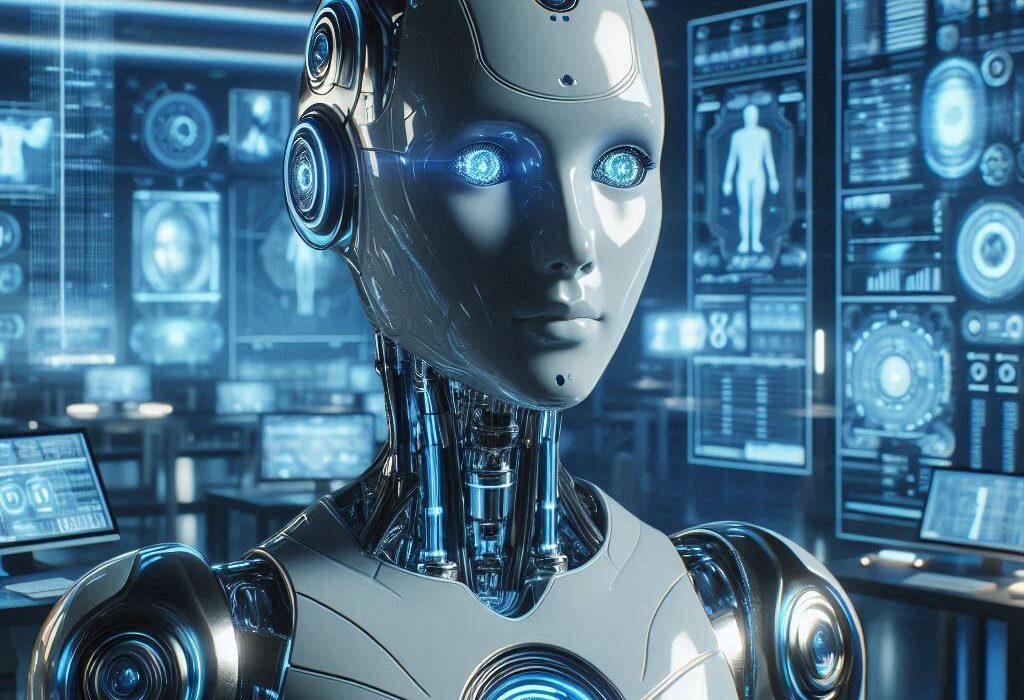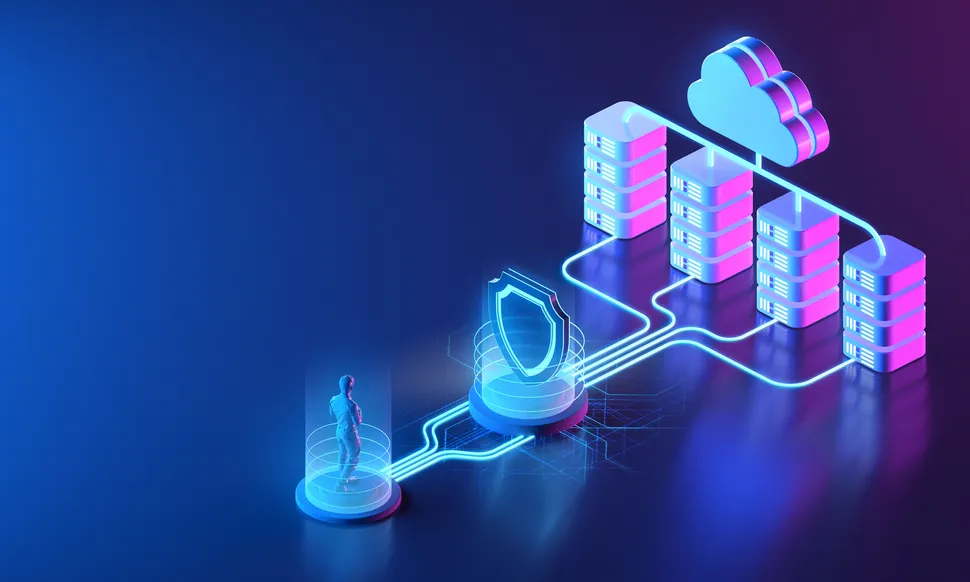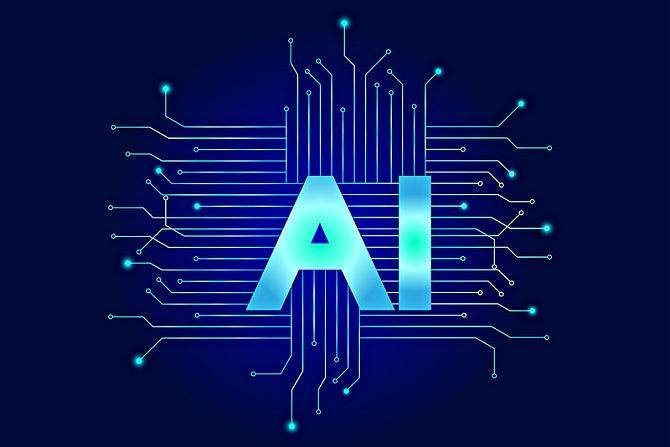In the early decades of computing, the digital world was a small, niche space. Computers filled entire rooms, whirring away in the back halls of universities, research labs, and military installations. Networks were scarce, and only a privileged few could interact with machines capable of performing complex calculations. In that quiet world of blinking lights and endless paper printouts, few could imagine the chaos that would one day be unleashed through lines of code designed not to serve but to destroy.
Yet even in those early days, seeds of mischief began to sprout. The concept of self-replicating programs was first explored not by criminals but by curious computer scientists. John von Neumann, one of the fathers of modern computing, wrote theoretical papers in the 1940s describing programs that could reproduce themselves — a concept that would later inspire both beneficial automation and malicious exploitation. The machines were primitive, but the idea was planted: software could be alive in its own way.
From Academic Experiment to Digital Menace
By the 1970s, computers had begun to escape the confines of government and academic research, finding their way into corporations and, slowly, into homes. The ARPANET — precursor to the modern internet — was a fragile, experimental network connecting a handful of institutions. It was in this era that the first “malware” appeared, though the term itself had not yet been coined.
One of the earliest examples was the Creeper program in 1971, not a weapon but a playful experiment. It hopped from machine to machine, displaying a message: “I’m the creeper, catch me if you can!” The Creeper was followed by the Reaper, a program written to delete Creeper infections — a sort of digital predator-prey relationship playing out on machines the size of refrigerators. These programs were harmless, but they set the stage for something darker: the realization that code could travel, infiltrate, and replicate without direct human action.
The Birth of the Personal Computer and the Hacker Culture
The 1980s brought the personal computer revolution. IBM PCs, Commodore 64s, and Apple machines entered homes, schools, and offices. Alongside them emerged hacker culture — a blend of curiosity, rebelliousness, and technical skill. Many hackers of the era saw themselves not as criminals but as explorers charting the wild frontier of cyberspace.
Yet exploration often bled into intrusion. Viruses began to appear in the wild, some created as pranks, others as demonstrations of technical prowess. One infamous example was the Brain virus in 1986, created in Pakistan by two brothers as an anti-piracy measure for their medical software. Ironically, it spread far beyond their control, infecting computers across continents.
The decade also witnessed the rise of “boot sector viruses,” which infected floppy disks. In an era when software and data traveled physically via disks, a single infected floppy could quietly spread to countless machines, its payload triggered at a certain date or event. The line between joke and sabotage blurred.
The Internet Changes Everything
The early 1990s saw the internet move from a specialized tool for academics to a growing public utility. Email, bulletin board systems, and early websites connected people in ways never before possible — and malware authors adapted quickly. No longer limited by physical media, malicious code could travel across the world in seconds.
One of the earliest global outbreaks was the Morris Worm in 1988. Created by Robert Tappan Morris, a graduate student, the worm was intended as an experiment to measure the size of the internet. A coding error caused it to replicate uncontrollably, bringing down thousands of systems. The Morris Worm was a wake-up call: the networked world was fragile, and small mistakes could lead to massive disruptions.
In the mid-90s, email became a prime vector for malware. Macro viruses embedded in documents, such as the notorious Melissa virus in 1999, spread like wildfire as users opened infected attachments. Social engineering — tricking people into running malicious code — became as important as technical exploits.
The Rise of Profit-Driven Malware
By the early 2000s, the motivations behind malware shifted dramatically. What began as curiosity or vandalism evolved into organized crime. High-speed internet, online banking, and e-commerce created opportunities for profit. Cybercriminals began to steal credit card numbers, bank logins, and personal data on a massive scale.
Trojan horses — malware disguised as legitimate software — became a favored tool. They quietly harvested data, logged keystrokes, and opened “backdoors” into systems. Botnets, networks of infected computers under a hacker’s control, emerged as powerful weapons for spam campaigns and distributed denial-of-service (DDoS) attacks.
The ILOVEYOU worm in 2000 demonstrated just how effective social engineering could be. Masquerading as a love letter, it spread through email, infecting millions of machines and causing billions of dollars in damage. Its success inspired countless imitators, and security researchers realized they were no longer dealing with lone pranksters — but with coordinated, well-funded criminal enterprises.
Nation-States Enter the Game
If the 2000s were defined by cybercrime, the 2010s introduced a new player: nation-state cyberwarfare. Malware became a tool of geopolitical strategy, capable of sabotaging infrastructure, stealing state secrets, and influencing public opinion.
The most famous example was Stuxnet, discovered in 2010. Unlike typical malware, Stuxnet targeted industrial control systems, specifically those used in Iran’s nuclear program. It was a surgical strike, widely believed to have been developed by the United States and Israel. Stuxnet’s code was complex, its delivery precise — it infiltrated even air-gapped systems via infected USB drives, manipulated centrifuge operations, and disguised its activity from operators. It marked a chilling new era: malware could now cause physical destruction in the real world.
Other nation-state campaigns soon followed, targeting everything from power grids to elections. Cyber-espionage groups like APT28 (linked to Russia) and APT10 (linked to China) became household names in cybersecurity circles. The battlefield had shifted — and it was invisible.
The Ransomware Epidemic
By the mid-2010s, one form of malware began to dominate headlines: ransomware. This malicious software encrypted a victim’s files, demanding payment (often in cryptocurrency) for the decryption key. Early versions were crude, but attacks soon became sophisticated and devastating.
In 2017, WannaCry spread globally within hours, exploiting a leaked NSA-developed vulnerability in Windows. Hospitals, businesses, and government agencies were crippled. Later that same year, NotPetya masqueraded as ransomware but was in fact a destructive wiper, causing over $10 billion in damages. It struck multinational corporations and critical infrastructure, demonstrating how easily a cyberattack could cascade through the interconnected global economy.
Ransomware evolved into an industry of its own, complete with customer support lines, “ransomware-as-a-service” offerings, and professionalized negotiation tactics. Criminal groups operated like corporations, with research teams, marketing, and revenue sharing among affiliates.
The Modern Threat Landscape
Today, malware is no longer a novelty or a side effect of technological growth — it is a central challenge of the digital age. It comes in many forms: spyware that tracks a target’s every move, cryptojackers that hijack computing power for mining cryptocurrency, advanced persistent threats that linger undetected for years inside networks.
Machine learning and artificial intelligence have entered the arms race. Attackers use AI to craft convincing phishing emails or to evade detection, while defenders employ AI-driven systems to identify anomalies and respond in real time. The line between attack and defense has become a constant, evolving struggle.
Malware authors now exploit not only technical vulnerabilities but also the psychology of their victims. Deepfake technology, misinformation campaigns, and hybrid attacks that blend digital and physical elements suggest a future where the definition of “malware” may expand far beyond code alone.
The Human Factor and the Road Ahead
For all the sophistication of modern malware, one truth remains: humans are often the weakest link. Clicking on a malicious link, reusing a password, failing to update software — these small actions can open the door to catastrophic breaches. Security awareness, therefore, is as vital as firewalls and encryption.
Looking forward, the threats will likely grow more complex. The Internet of Things has connected billions of devices, many with weak or nonexistent security. Autonomous vehicles, medical implants, and smart cities will offer new targets. Quantum computing, when it matures, may render current encryption obsolete, forcing a global shift in cybersecurity paradigms.
But history also offers hope. Each wave of new malware has been met with new defenses, from antivirus software to threat intelligence networks, from government regulations to grassroots cybersecurity education. The battle is unending, but it is not hopeless.
Conclusion: Shadows and Light in the Digital Age
The story of malware is, in many ways, the story of the internet itself — a journey from innocence to complexity, from curiosity to power struggles. It is a reminder that technology is never purely good or evil; it reflects the intent of those who wield it.
From the playful Creeper of the 1970s to the devastating ransomware attacks of today, malware has evolved alongside our own technological ambitions. The threats are real, but so is our capacity for defense, adaptation, and resilience.
In the end, the fight against malware is not just about code. It is about trust, vigilance, and the recognition that in a world where every connection is a potential pathway for attack, every user is also a potential guardian of the network. The future will be shaped not only by the sophistication of our attackers but by the wisdom and unity of our defense.
